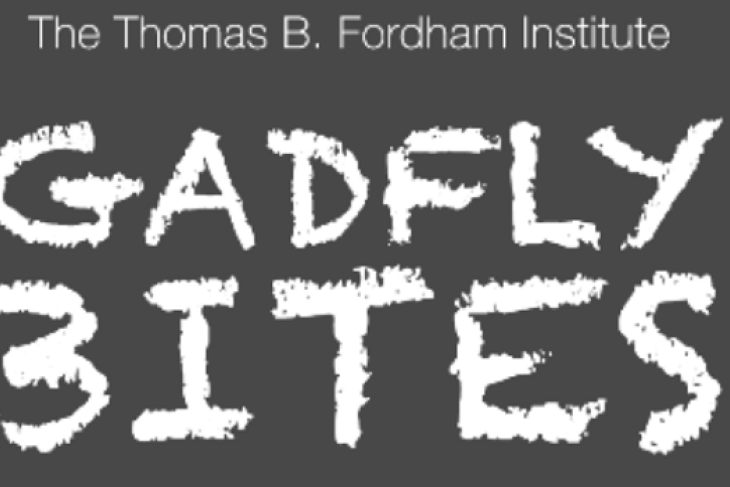- Ohio’s Report Card Study Committee released its report earlier this week. Its findings are meant to guide lawmakers in making possible changes to said report cards. But at least two lawmakers have put the committee and their process on blast right out of the gate. Predictable. (Columbus Dispatch, 12/16/19) As you may have noticed, there is zero discussion of the findings in the actual report in the Dispatch story. Also predictable. That is because, as Jeremy Kelley tells us, there are no real “findings”, simply an inventory of the recommendations of all the groups that were at the table. These are, he notes, often at odds with one another. I guess that was the most predictable part of the whole process. (Dayton Daily News, 12/16/19)
- Staying in Dayton for a moment, this extended discussion of the $30 million the district wants to borrow and spend on building maintenance sounds shady as heck to me. Not to mention how they’ve been spending (or not spending) additional millions for years before now. Lots of money is apparently needed but no one has a list to support that claim. Lots of money is going to be spent but no one seems to know when, how much, or on what. I predict a unanimous vote regardless. (Dayton Daily News, 12/15/19)
- Also predictable: Residents of the Village of Hills and Dales will now step up to try and interest the Ohio Supreme Court in that lawsuit the village itself was not able to get moving. The exact same arguments—copy/paste/submit. (Canton Repository, 12/16/19)
- Surprise! (Not) The MJ’s editors opined in favor of the incoming interim CEO choice in Lorain City Schools. Oddly, all the stuff they laud him for was also said about current CEO David Hardy when he was hired too. I have a prediction about this… (The Morning Journal, 12/14/19) Now, while the conclusion that Dispatch editors reach here regarding the EdChoice Scholarship program is entirely predictable, the rationale they use to get there is most surprising. “Wholly unique”, one might say. (Columbus Dispatch, 12/18/19)
- The original version of this story carried the headline “Taking A Different Route To Graduation, No High School Required.” Awesome clickbait, right? Certainly made me look. Well, the story is not about that, and the headline has since been wisely changed to the far-less-clickbaity “only some high school required”. Unfortunately, it still isn’t accurate. What the student profiled did was attend a magnet school that had an auto mechanic program. From there, he continued his high school education and graduated like everyone else. Just some different electives. That school also has visual arts and dance programs for high schoolers who are adept and interested. It has been a jewel of Columbus City Schools since I was a kid, for that reason. The benefit for the students here is on-the-job-training and a pathway to earn valuable workforce certifications for free while still in high school and, in this case, a nearly-guaranteed job working for the local transit agency after graduation. After. Graduation. What’s funny is that the student has since quit his job at the bus garage and is now making even more money with his commercial driver’s license…which he could actually have done at age 18 with—you predicted it, didn’t you?—“no high school required”. But surely the public media outlet connected with the Ohio State University wouldn’t trying to advocate for that, would it? (WOSU-FM, Columbus, 12/17/19)
- Finally today, here is a mix of the predictable and the surprising. What is predictable: Folks in Cleveland love the Say Yes to Education program. And who wouldn’t, given the fantastic profiles of the students the college scholarship effort is supporting and the 4 percent boost to college enrollment that the program has, apparently, generated. But here’s the thing: all of the students currently being assisted did not experience the full support of the program since it only came around late in their senior years. These kids were college material already, weren’t they? So why the anemic growth rates predicted for future years? Surely more support for a longer time should lead to more growth shouldn’t it? Even a little more? And that 4 percent boost? Nearly all community college attendees. Supposedly this is due to the timing of the start of the program, but what if it isn’t? Shouldn’t that figure in to your future plans? Whatevs, I guess. It’s their money. But hopefully the analysis going forward will be as clear-eyed as possible. Although I predict that it won’t. (Cleveland Plain Dealer, 12/15/19)
Did you know you can have every edition of Gadfly Bites sent directly to your Inbox (in case you want to be predictable and sign up for such a newsletter)? Subscribe by clicking here.
Policy Priority:
Topics:


